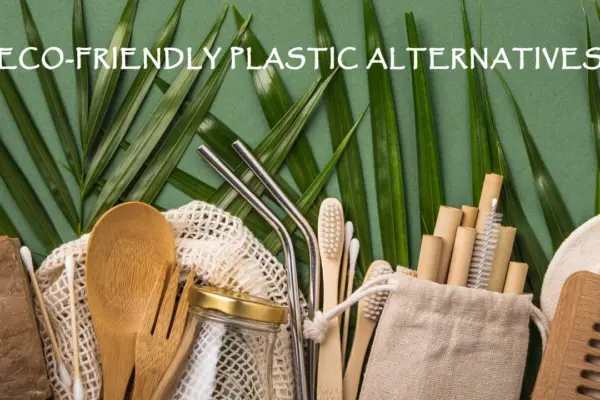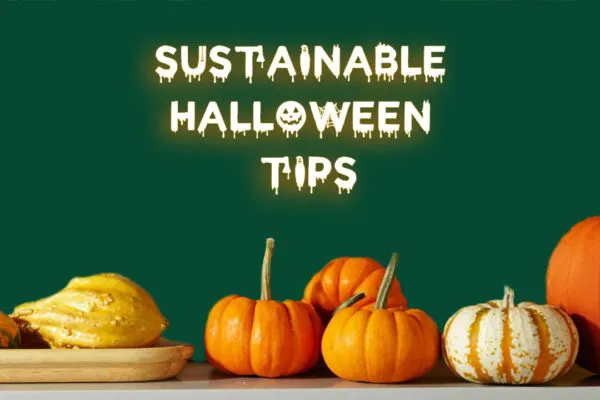From Penguins to Dogs, COVID-19 PPE Waste Threatens Wildlife
The most distinguished attribute of the COVID-19 pandemic is the routine use of personal protective equipment (PPE) – mainly disposable blue face masks and latex gloves. When discarded haphazardly, the PPE waste that provides a certain level of safety to humans from the virus, threatens the wildlife.
Wildlife around the world is suffering from the impact of discarded single-use COVID-19 protective gear. Latex gloves and polypropylene masks that are meant to keep humans safe are accelerating the plastic pollution problem as most of them are not disposed of properly, causing wildlife deaths.
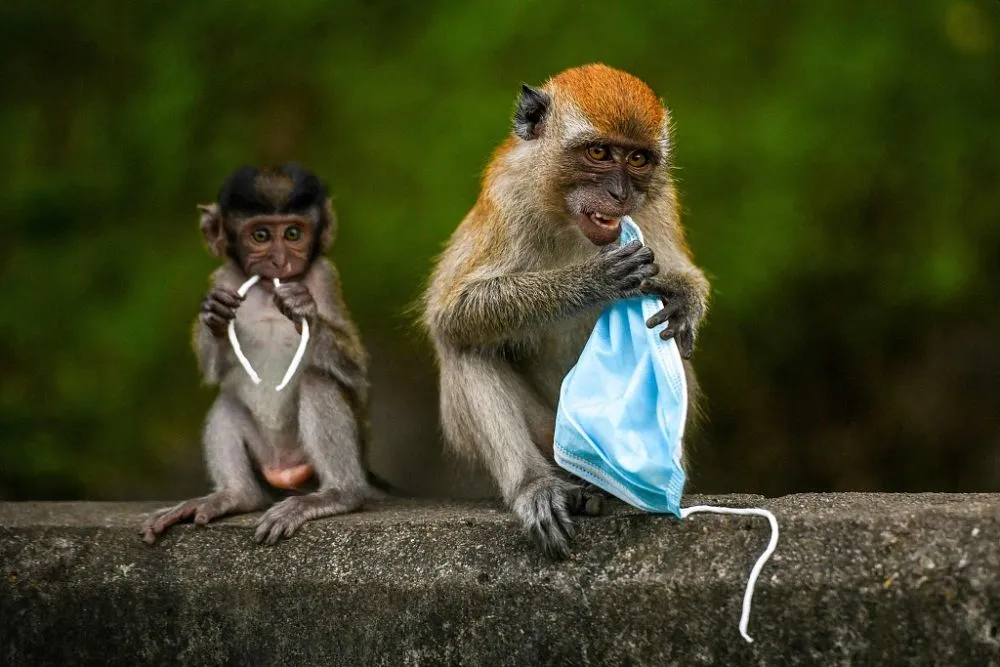
From penguins to dogs – PPE waste threatens all wildlife | Image: CFP
There are countless examples of wildlife being hurt by disposable PPE. A penguin in Brazil ingested a disposable face mask, a hedgehog in England was found trapped in a glove, and an unlucky robin was found entangled in a face mask.
According to the World Health Organization (WHO), the masks are made from three layers of fabric. One layer is absorbant material like cotton, the second layer is a non-absorbent layer like polypropylene and the third layer is made from material like polyester, which is also non-absorbant. These masks can threaten the ecosystem for decades as Polypropylene takes at least 20 to 30 years to decompose, whereas polyester can take up to 200 years.
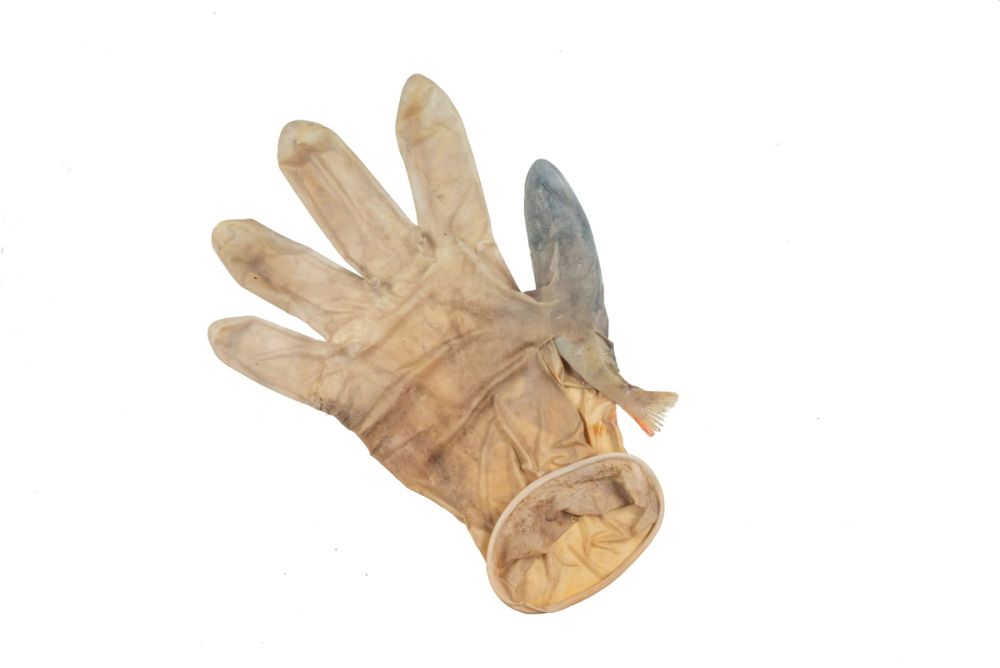
A perch trapped in a latex glove in canals of Leiden, Netherlands | Image: Auke-Florian Hiemstra
In August 2020, volunteers found a perch trapped in a latex glove, while cleaning canals in Leiden, Netherlands. Similar 28 instances have been recorded all over the world, pointing to an alarming problem. Pets are at risk too, since a domestic cat indigested a latex glove in Philadelphia.
It is estimated that nearly 1.56 billion face masks would have entered the world’s oceans last year, adding weight to nearly 8-12 million tons of plastic that reach the oceans per annum.
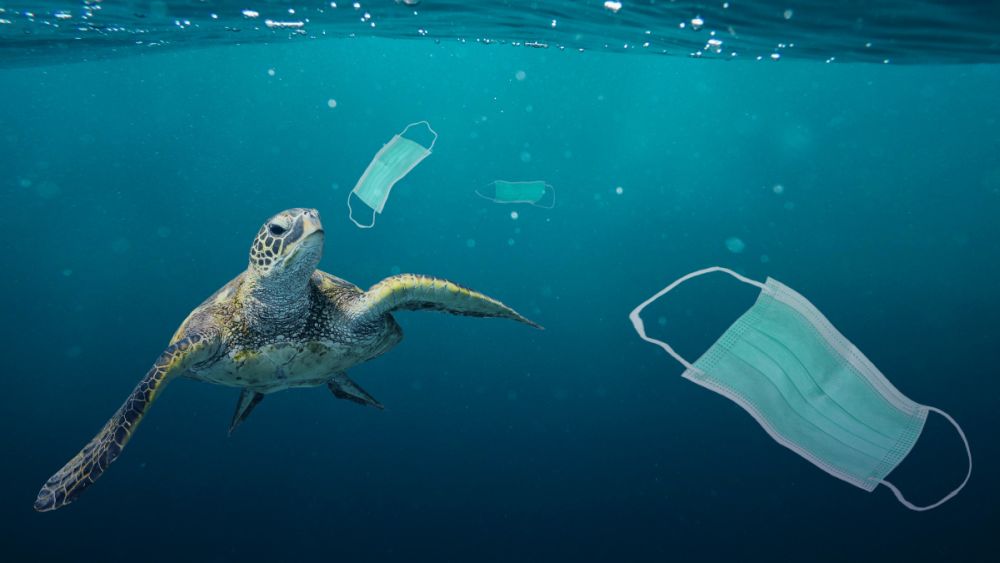
When discarded haphazardly, the PPE waste that provides a certain level of safety to humans threatens the wildlife | Image: UNCTAD
Published in the journal Animal Biology, the report already signaled COVID-19 waste as an alarming threat to wildlife. PPE litter has been detected in terrestrial, freshwater, and marine ecosystems. The impact is observed in all kinds of habitats and species from vertebrates to invertebrates. With the ongoing pandemic, the PPE waste is only bound to increase and will continue to threaten the wildlife even after the world recovers from the pandemic.
It is important to monitor PPE litter, as this material can be a biohazard. Precautions should be taken while cleanups as COVID-19 can survive on surfaces for up to 3 days on plastics. The reports of entanglement, entrapment, and ingestion of PPE mostly involved single-use products. Switching to reusable and organic products will reduce waste by 95%, according to UCL Plastic Waste Innovation Hub (2020).
Via: Eco Watch
